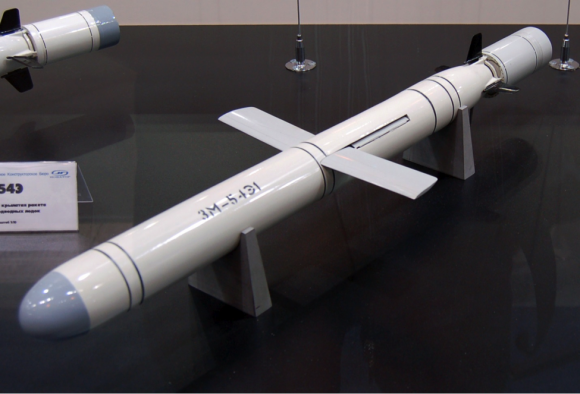U might wanna lay off of those "wall hitting" emojis and stick to facts as that's the only way u can make a convincing argument.
First yes India is right next door but don't forget that India is huge. Let's assume that the stated range of Babur 3 is true(450 km...I'm not going to speculate that it has a longer range). If it's launched from a submarine, which will have to be a considerable distance away from the coast(let's say a 100 miles out) that gives Babur 3 a pentration of just 350km inland into India. This puts a considerable amount of targets out of reach and leaves all of Northern India unharmed.
The longest range a subsonic cruise missile can reach at the time is somewhere around 1000-1500km and not the 1500-2000km that u claim. To achieve that kind of a range that u mentioned with a cruise missile it would have to be a supersonic one.
As for the IR signature and RCS that u mentioned about a ballistic missile

So u don't think that cruise missiles have a comparable IR signature? I m not even going to bother explaining this further.
The reason why ABMs are more effective against conventional ballistic missiles is bcuz they follow a parabolic trajectory and once u have detected the position and speed of it u can calculate where it's going to be and intercept it.
There are two ways of detecting ballistic missiles.
1) radar detection. This method usually detects a missile after re-entry
2) satellite detection. This method can detect it when it's launched.
Now let's look at ABMs. So far ABMs aren't as effective as u made them in ur post. There's ways of defeating them. The most effective way however would be MIRV. Basically one missile carries multiple re-entry vehicles. So even in the presence of the most effective of ABMs it's highly likely that it wouldn't be able to intercept all of them and the target will be destroyed.
The goal of a second strike capability(from submarines) is to be able to destroy the enemy completely after the first strike capability(from land) has been neutralized. This complete destruction cannot be achieved with cruise missiles. Ballistic missiles are required.






 What gave it away, the pointy tip or the fire from the rear end.
What gave it away, the pointy tip or the fire from the rear end.